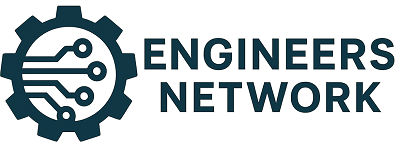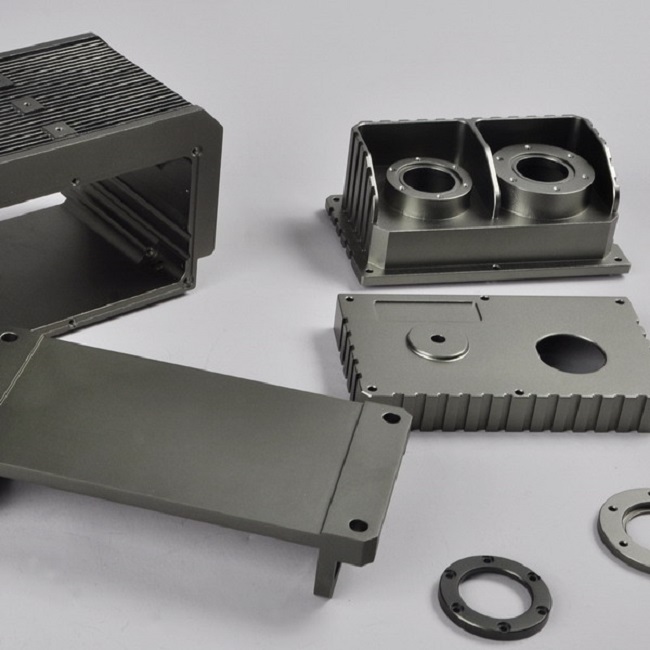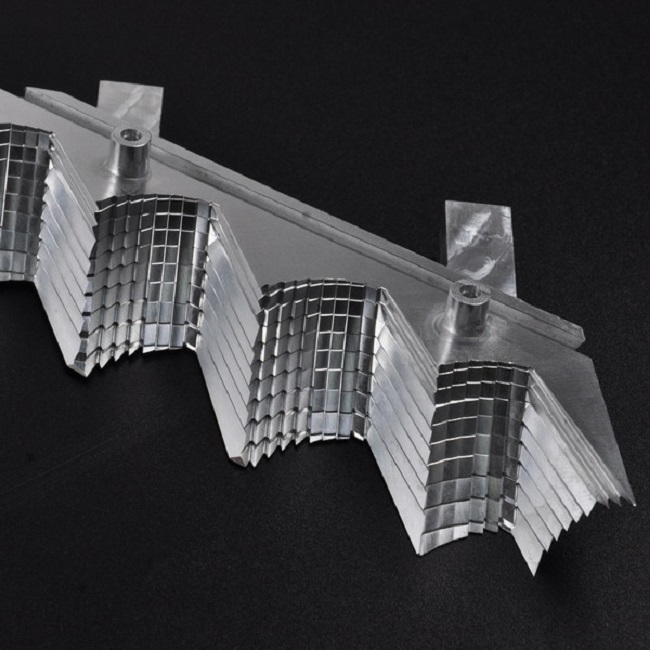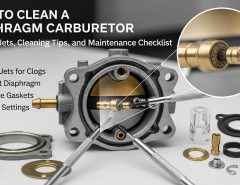Stainless steel is always difficult to machine; if you ever have experience of performing milling operations on stainless steel, you know it can be difficult to do machining on high-strength alloy Steel, even skilled machinists find it difficult to conduct metal CNC operations.
Challenges for stainless steel metal processing
1. Work hardening in stainless steel
CNC stainless steel machining is a much more difficult task due to the work hardening that occurs during the process. When the cutting tool comes into contact with the harder workpiece, it generates a lot of heat. The heat produced directly affects the internal stresses and fibres of the material, making him more difficult to machine. As a result, stainless steel CNC machining results in scrapped parts, broken tools, overheating, and other considerable inconveniences.
2. Metallic chips formation:
The most crucial aspect of stainless-steel CNC machining is chip formation. Optimizing microstructure, hardness, and material ductility are some significant factors to consider before implementing stainless steel CNC machining services. Material with high toughness and ductility has poor chip breaking capability. During the operations of these casting CNC stainless steel machining parts, the chips may wrap around the entire workpiece or the tool, which can harm the workpiece, the tool, and the machinist.
CNC machining is a little bit difficult, but at the same time, it is very versatile and produces high finished complex parts with appropriate precision; that’s why CNC stainless steel machining parts are majorly used in automobiles, avionics, hi-tech machinery, medical purposes and in much more domains. To get your desired outcomes, you must adhere to particular safety considerations and pretreatment techniques designed especially for metal CNC operations.
Stainless steel metal machining tips
The following parameters should be considered to improve machining capabilities in stainless steel.
1) Improving machinability
In Metallurgy, improving machining means better chip breaking, higher feed rate, high cutting Speed, low cost, more production, unpredictable and control tool and insert wear.
These properties can be achieved by adding alloying elements like sulphur, but it can affect the inert properties of the Steel. Thanks to the sanmac program, which helps a lot in improving machining by adding non-metallic inclusion at different temperature faces.
2) Sanmac stainless steel
In sanmac stainless steel, sulphide and other non-metallic oxides are added to improve the machinability and reduce the toughness of the Steel. These inclusions increase the overall machining properties without affecting the inert properties of the steel, like strength and anti-rusting.
Sanmac is a product development procedure that improves the cutting speed of the tool and makes production possible at a low cost with easy metallic chip removal. These inclusions meet the modern-day requirements of the tool and the workpiece designs.
3) Cutting fluid
Good density and a generous cutting fluid flow are always versatile for stainless steel CNC machining services. It reduces the mechanical heat produced by the interaction of the workpiece and the tool. As a result, it facilitates longer life and easy chip formation, during CNC machining. It is appropriate to use a cooling fluid with a high density and heat absorbent ratio.
4) Design parameters
Stainless steel CNC machining is a very dynamic process, but it does require some design constraints for a smooth operation, and the expected outputs include superior surface finishing, tool life, high productivity, and high product quality.
For example, the Ideal case, the cavities’ depth is four times of its width. More Length to width ratio results in more machine vibrations, chip formation and tool deflection, which increases the product cost. For long depths, one is suggested to use a variable longer tool with a diameter ratio of 30:1 to cavity depth.
Following guidelines for appropriate design would help fill in the smooth stainless steel CNC machining.
- Always try to use larger diameter tools for machining.
- Always design cavities that are four times their diameter.
- Always design the product with respect to the six Principle axis. If it is not possible, then you can use 5 Axis machines.
- If your design includes surface finishing, tolerance, in-depth cavities, fillets or threads, always use technical drawing.
5) General tolerance
Some companies use standard tolerance for their final product, which may vary from company to company. The primary purpose of this tolerance is to meet post machining processes, flat surface finishing, tapered hole, and wall thickness of the equipment. Still, one can customize or order the appropriate scale of tolerance. Typically standard tolerance is plus minus 0.05 mm.
Guidelines for stainless steel metal machining
For smooth machining and a high surface finish, one has to remember the following points.
- Perform pre-machining processes like heat treatment, as it reduces the chances of surface hardening in the workplace.
- Use appropriate lubricants; they reduce excessive heat produced and increase the tool’s and workpiece’s life.
- Use suitable cutting tools to get smooth surface finishing and highly precise results.
- Always perform machining at low cutting speed as it produces less heat and resistivity, which results in better performance, increases tools life, and helps in easy removal of metallic chips.
- Try to minimize tool hang, specifically for drilling and turning purposes.







Leave a Reply